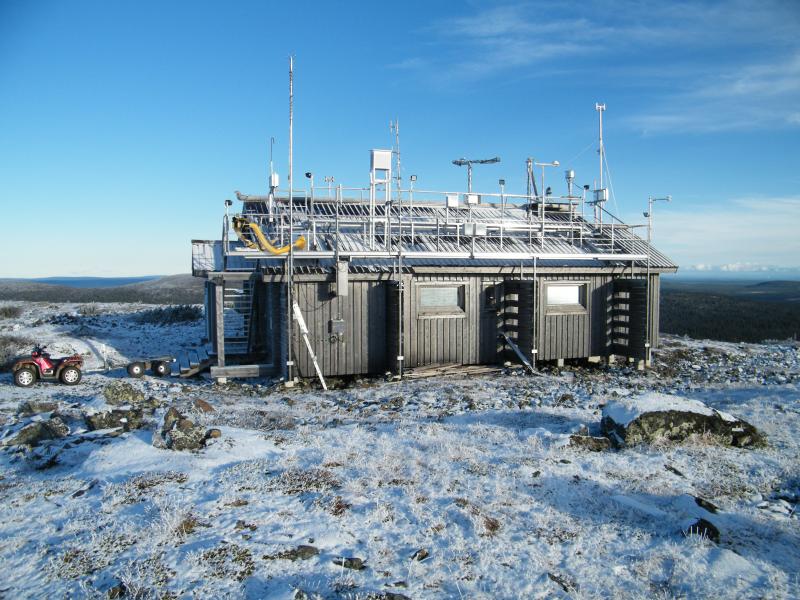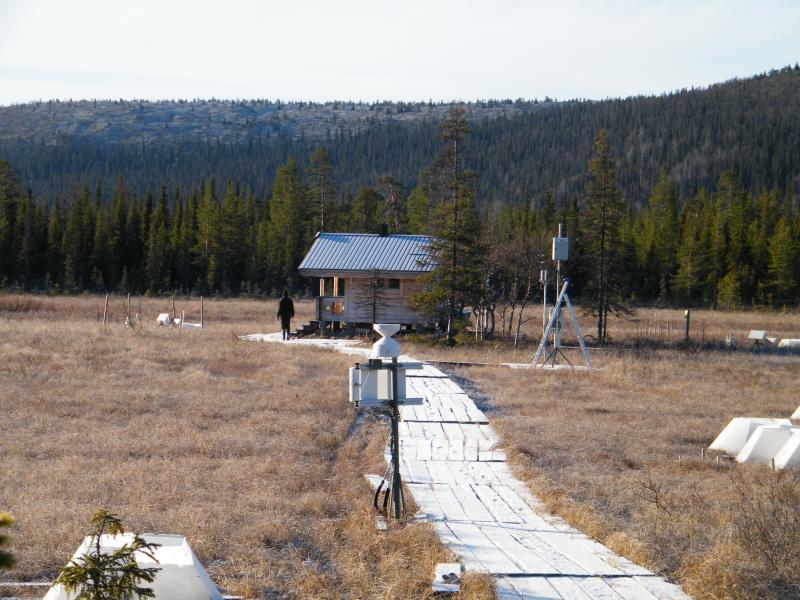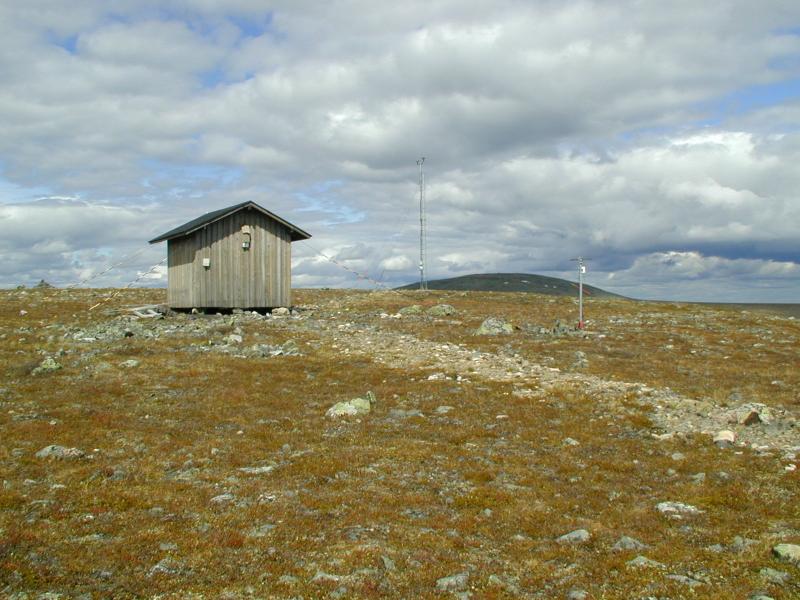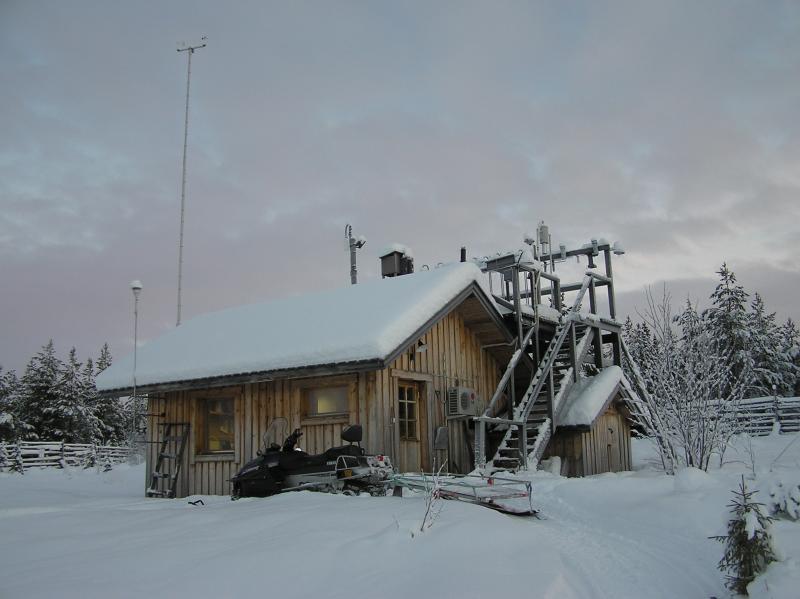Pallas LTER observatory - Finland
Basic Information
Site Name
Pallas LTER observatory
Short name
Pallas LTER
Country
Finland
Site Manager
Site Description
Last modified
2025-12-15 09:12:34
General Characteristics and Status
Site Status
Operational
Year Established
1994
Affiliation and Network Specific Information
Affiliation
Arctic Monitoring and Assessment Programme (AMAP)✖The affiliation of this site with "Arctic Monitoring and Assessment Programme (AMAP)" is not verified by the network on DEIMS-SDR.
ILTER✔This site is a verified "ILTER" member.
WMO Global Atmosphere Watch (GAW)✖The affiliation of this site with "WMO Global Atmosphere Watch (GAW)" is not verified by the network on DEIMS-SDR.
LTER Europe✔This site is a verified "LTER Europe" member.
ICP Forests✖ (15_3)The affiliation of this site with "ICP Forests" is not verified by the network on DEIMS-SDR.
ICOS✔ (http://meta.icos-cp.eu/resources/stations/AS_PAL) (http://meta.icos-cp.eu/resources/stations/ES_FI-Ken)This site is a verified "ICOS" member.
European Monitoring and Evaluation Programme (EMEP)✔This site is a verified "European Monitoring and Evaluation Programme (EMEP)" member.
LTER Finland✔ (LTER_EU_FI_019)This site is a verified "LTER Finland" member.
GERI✔This site is a verified "GERI" member.
Projects
Photos
Geographic
Centroid/Representative Coordinates
Latitude: 67.99725 Longitude: 24.2091
Size
ca. 4845.10ha
Elevation (average)
269.00msl
Elevation (min)
179.00msl
Elevation (max)
765.00msl
Download





